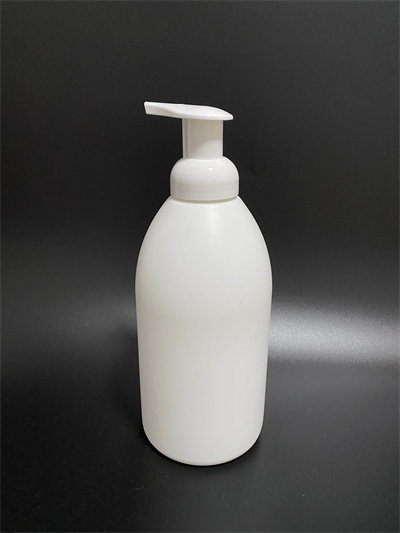The Benefits of Using a 1000ml Foam Dispenser Bottle Over Traditional Dispensers
June 07, 2024
In the evolving landscape of hygiene and personal care, the foam bottle is rapidly emerging as a superior alternative to traditional liquid dispensers. A 1000 ml foam bottle in particular strikes a perfect balance: large capacity meets efficient, controlled dispensing.
Below, we explore five key advantages of choosing a 1000 ml foam bottle over conventional dispensers.
1. Improved Hygiene with Minimal Touch
One of the core benefits of a foam bottle is its ability to deliver pre-lathered foam, letting users apply the product with minimal contact. Because the product is already aerated into foam, users touch less of the inner mechanism or pump tube. This helps reduce cross-contamination in public or shared settings such as offices, clinics, or schools.
2. Cost Efficiency & Resource Savings
A 1000 ml capacity means fewer refills over time, reducing labor and logistic costs. Moreover, foam form often allows lower concentration of active ingredients, while still maintaining cleaning or sanitizing efficacy. In real-world trials, some facilities report a 20–30% reduction in liquid volume used compared to traditional liquid soap dispensers. These savings scale significantly over months or years.
3. Waste Reduction & Environmental Impact
Because foam comes with built-in air, there's less carrier liquid, which means less packaging per dose. A well-designed foam bottle also meters the output: each press produces a consistent dose, minimizing overuse or waste. Many manufacturers now use recyclable or PCR plastics, enhancing the sustainability argument.
4. Positive User Experience & Perceived Value
Users often favor foam as it feels lighter, spreads easily, and rinses cleanly. The luxurious “whipped” texture gives a more premium touch than standard liquid or gel. In consumer surveys, over 70% of respondents said they prefer foam dispensers because of the more pleasant sensory experience. That positive perception can reinforce brand image, especially in high-end settings like spas, hotels, or luxury bathrooms.
5. Wide Application & Flexibility
A 1000 ml foam bottle works well for hand soaps, facial cleansers, sanitizers, foaming shampoos, even body washes in diluted form. In high-traffic locations—restaurants, hospitals, schools—a large foam bottle reduces maintenance frequency. Because the foam output is gentle, it’s also suitable for delicate skin formulations and mild surfactants.

Implementation Tips & Best Practices
1. Pump & Air Intake Quality
Ensure the dispensing pump is well-sealed and consistent in air induction; poor quality pumps may lose foam structure over time.
2. Formulation Tuning
The formulation (surfactant concentration, viscosity, viscosity modifiers) should be tailored to foam dispensing. Many formulators reduce surfactant load by 10–20% without compromising foaming performance.
3. Material & Refill Strategy
Use transparent or semi-transparent bottles so staff can monitor levels. Consider using refill pouches or cartridges to reduce plastic use and logistic costs.
4. Proper Placement & Signage
Place foam dispensers at ergonomic heights and use signage (“Press once for foam”) to guide users, helping them adapt from traditional liquid pumps.
In conclusion, the 1000 ml foam bottle surpasses standard dispensers in hygiene, cost efficiency, waste reduction, and user experience. By adopting this format, brands and facilities can achieve operational savings, environmental responsibility, and elevated customer satisfaction.
